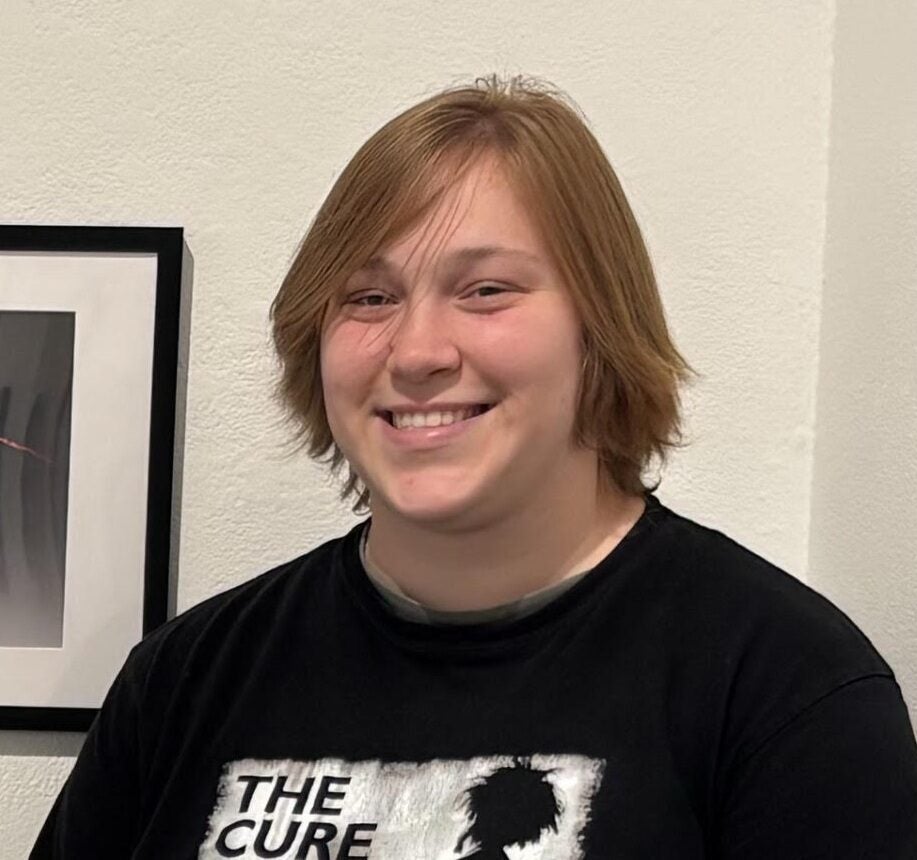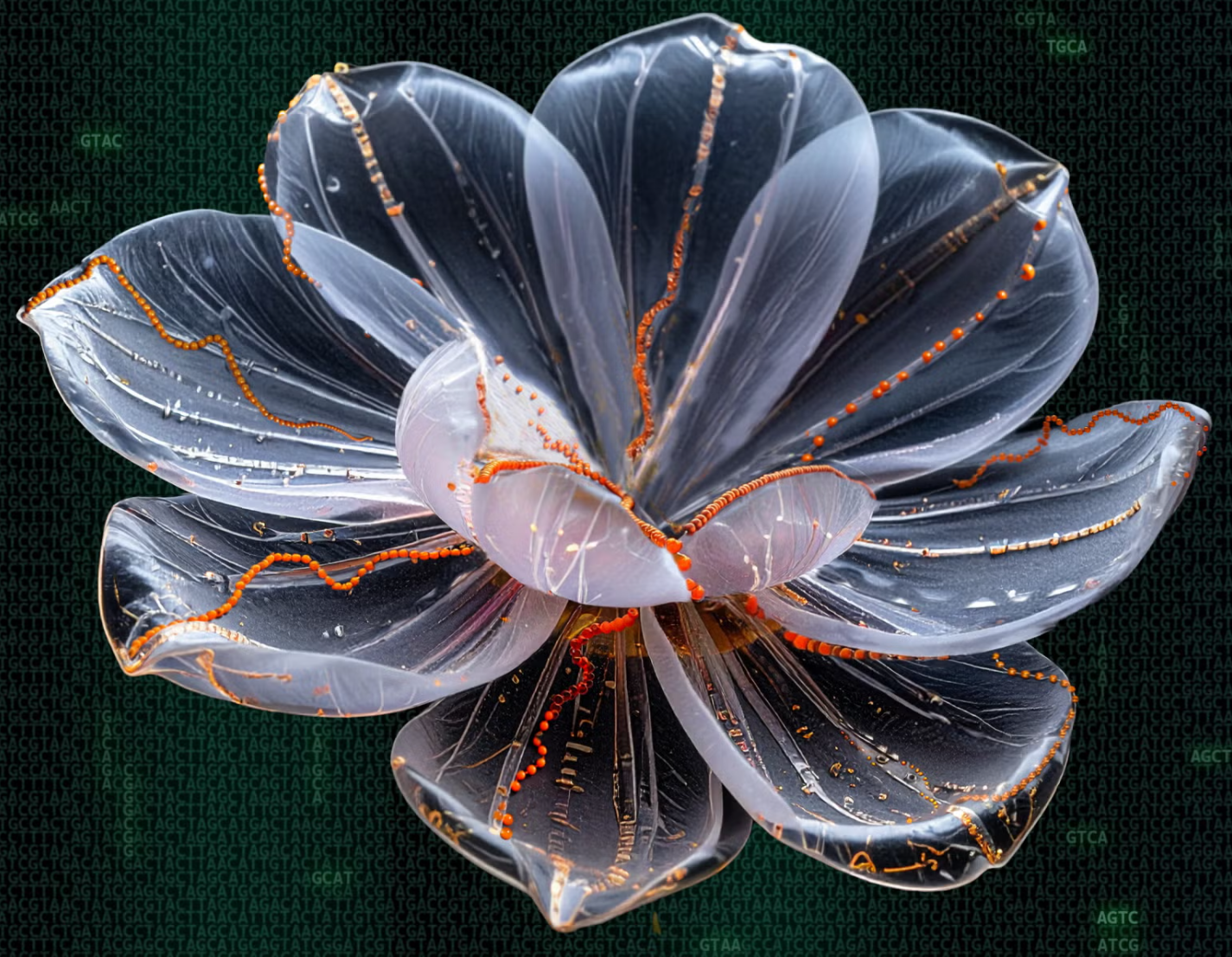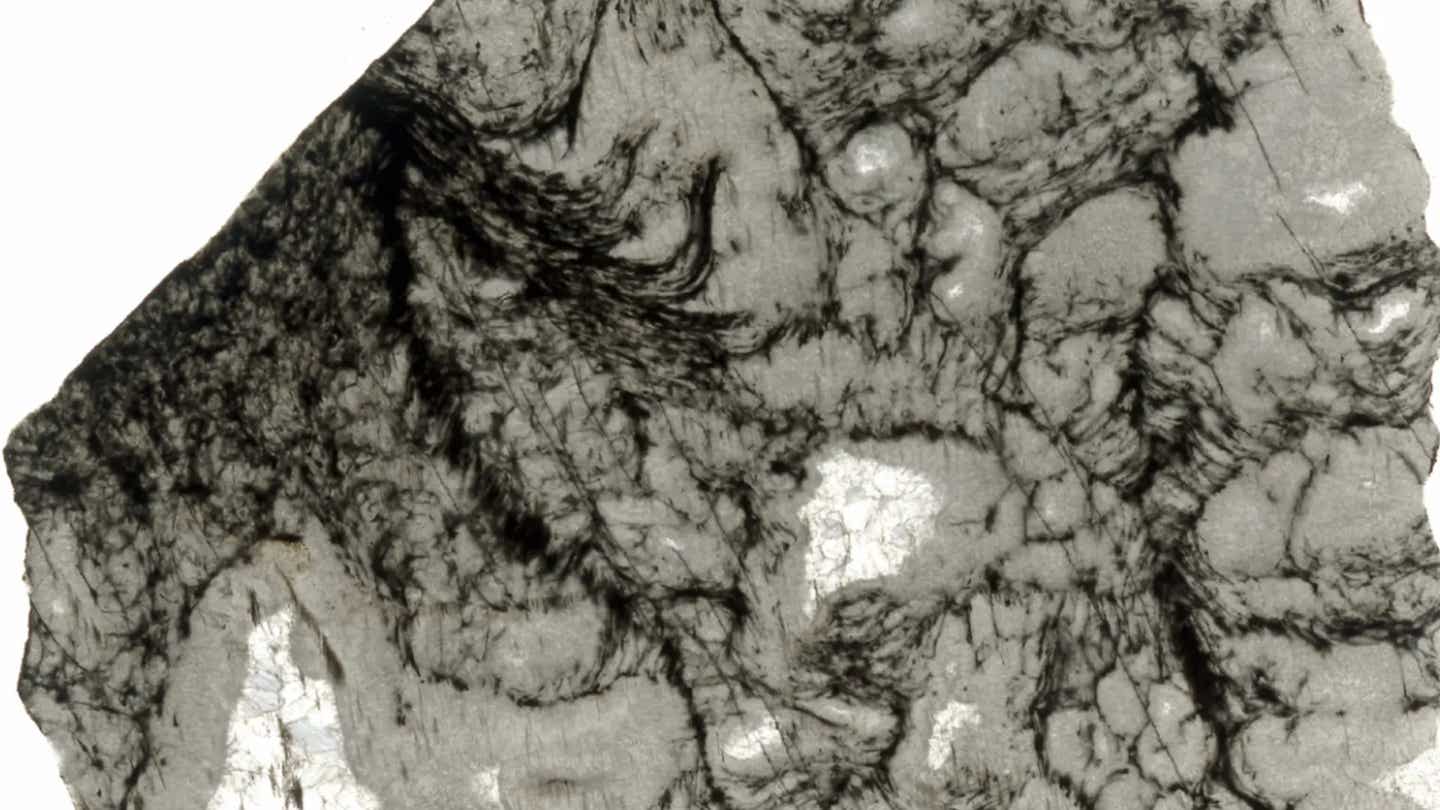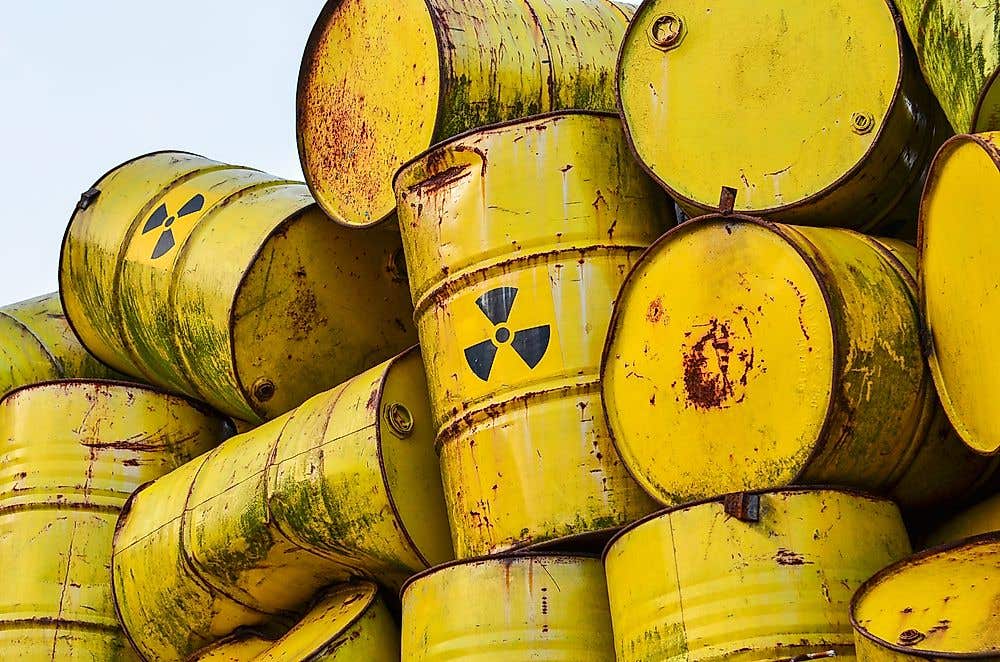Microscopic DNA ‘flower’ robots shapeshift for targeted medicine delivery
DNA based flower micro robots shift shape with pH and control chemical reactions, opening new paths for medicine and smart materials.

 Edited By: Joseph Shavit
Edited By: Joseph Shavit

Applied physical sciences professor Ronit Freeman has designed a molecular flower that can open and close, with a variety of potential downstream applications. (CREDIT: UNC)
Shape shifts happen all around you. Cells stretch, tissues curl, and living structures shift their form as naturally as breathing. Scientists have tried to copy those abilities for years, hoping to build tiny machines that can fold and move with the same quiet ease. That goal has been difficult because most synthetic materials cannot build themselves into complex three dimensional shapes or respond on cue.
A team of chemists and bioengineers has now created microscopic soft robots that come surprisingly close. These tiny flower-shaped structures form from DNA and inorganic crystals. Once built, they fold, shrink, swell, and bend in response to acidity. Their shifts happen in seconds and repeat again and again without breaking down. You watch them move and it feels almost alive.
How DNA Teaches Crystals to Move
The transformation begins with an enzyme called terminal deoxynucleotidyl transferase, known as TdT. It builds long DNA strands without needing a template. Each time it adds a building block to a growing strand, the enzyme releases a chemical that binds with cobalt ions in the mixture. Those bonds create a DNA and cobalt crystal that takes shape as it grows. After a short time, the mixture blooms into tiny flowers with layered petals.
The type of DNA used inside the flower changes how it grows. Strands made mostly of thymine grow quickly. Strands rich in cytosine grow more slowly but bring something special. They can fold into a structure called an i-motif when the surroundings turn more acidic. That folding tightens the DNA and causes the petals to pull inward. When the acidity drops, the petals spread open again.
Tests showed that flowers built from cytosine-rich DNA shrink to about half their size at acidic pH and then swell back when the pH returns to neutral. They can repeat this cycle many times. Under a microscope you can see the petals contract in a clean, even way rather than bending like a hinge. At the atomic level, the lattice spacing in each petal shrinks as the DNA tightens, giving the whole flower its compact shape.
Flowers built from thymine do not respond to pH at all. They keep their shape because their DNA stays loose. This simple difference lets researchers mix DNA types to build blocks that trigger different movements.
Teaching Flowers to Bend, Fold, and Curve
To control how a petal bends or shrinks, the team arranged DNA in layers. A petal made from a thymine layer topped with a cytosine layer bends inward when the outer layer contracts in acid. The shape is similar to a flower closing at dusk. A petal made in the opposite order mostly shrinks rather than bends, because the contraction happens deeper in the structure.
That difference may sound small, yet it creates very different motions. Researchers fine-tuned the bending by changing how long each layer grew. With short growth times, the cytosine layer was too thin to bend the petal. When it grew too thick, the petal stiffened. A middle level produced the strongest curve. Computer models of thin shells matched these real-world changes and helped explain why the motion peaked at a certain thickness.
Some petals were built from three layers. These showed mixed behaviors with shrinking near the base and edges and bending in the middle. The variety of motions suggests that DNA blocks can be stacked like building toys to shape almost any mechanical response.
When Shape Changes Trigger Chemistry
The flowers can do more than move. They can also carry enzymes and use their shifting shapes to control chemical reactions. The team tested this idea with a pair of enzymes commonly used in labs. One creates hydrogen peroxide from glucose and the other uses that peroxide to convert a colorless dye into a vivid shade.
When both enzymes were loaded into different layers of a thymine and cytosine flower, the reaction sped up more than eightfold compared with the same enzymes floating freely in solution. When the petals closed in acid, the reaction rate rose again because the shrinking petals shortened the distance between the two enzymes. Switching the pH back and forth turned the reaction on and off like a light.
This clever behavior inspired a simple but striking demonstration. Researchers placed enzyme-filled flowers in sheets of gel that contained glucose and an invisible dye. When the pH dropped, the flowers folded closed and the color reaction switched on. Words appeared in the gel like a secret message and vanished again when the pH returned to normal. The pattern held for several cycles.
A Step Toward Tiny Machines With Life-Like Behavior
These flower crystals act a bit like cells even though they are not alive. They grow, change shape, and influence chemical activity inside their bodies. Small shifts in DNA sequence or order lead to big differences in behavior. That kind of flexibility makes them a promising platform for building other microscopic systems. The team believes future versions could respond to light or other signals.
Because these structures can hold enzymes, small molecules, or genetic material, they might someday deliver drugs, release healing compounds at the right place and time, or grip and move tissue in hard-to-reach areas of the body. Their ability to switch chemical reactions on and off could also support environmental cleanup or industrial sensing. And since DNA can store enormous amounts of information, these crystals could even serve as tiny data storage devices with a lighter environmental footprint than current technology.
“People would love to have smart capsules that would automatically activate medication when it detects disease and stops when it is healed,” said Dr. Ronit Freeman of the University of North Carolina. “In principle, this could be possible with our shapeshifting materials.”
Practical Implications of the Research
These responsive DNA flowers hint at a future where microscopic materials act with a level of independence. In medicine, they could bring targeted drug delivery, tiny biopsies, or clot-removal tools that activate only when needed. They could reduce side effects and improve care through precise control.
Environmental uses may include pollution cleanup, where the flowers release helpful chemicals only under specific conditions and then fade away. Their high DNA storage capacity could also reshape how digital information is stored, offering greener and denser storage solutions.
By linking structure, chemistry, and motion in one small package, this technology opens many paths for smarter materials that work with the world rather than against it.
Research findings are available online in the journal Nature Nanotechnology.
Related Stories
- Origami robots with magnetic muscles could revolutionize medicine delivery
- Breakthrough drug-delivery patch promotes regeneration of heart tissue
- Scientists harness bacteria to deliver cancer-killing virus and halt tumor spread
Like these kind of feel good stories? Get The Brighter Side of News' newsletter.
Mac Oliveau
Science & Technology Writer
Mac Oliveau is a Los Angeles–based science and technology journalist for The Brighter Side of News, an online publication focused on uplifting, transformative stories from around the globe. Passionate about spotlighting groundbreaking discoveries and innovations, Mac covers a broad spectrum of topics—from medical breakthroughs and artificial intelligence to green tech and archeology. With a talent for making complex science clear and compelling, they connect readers to the advancements shaping a brighter, more hopeful future.



